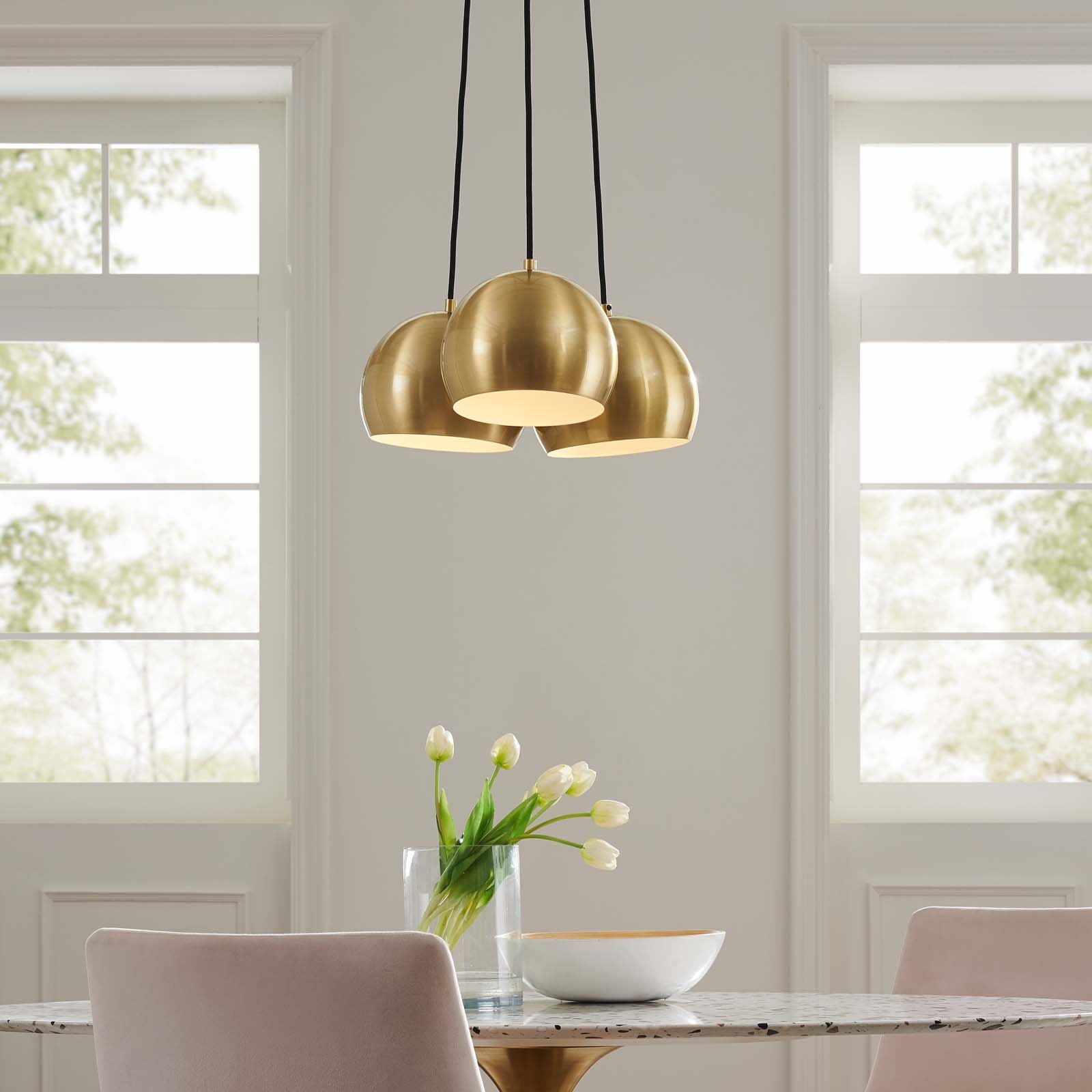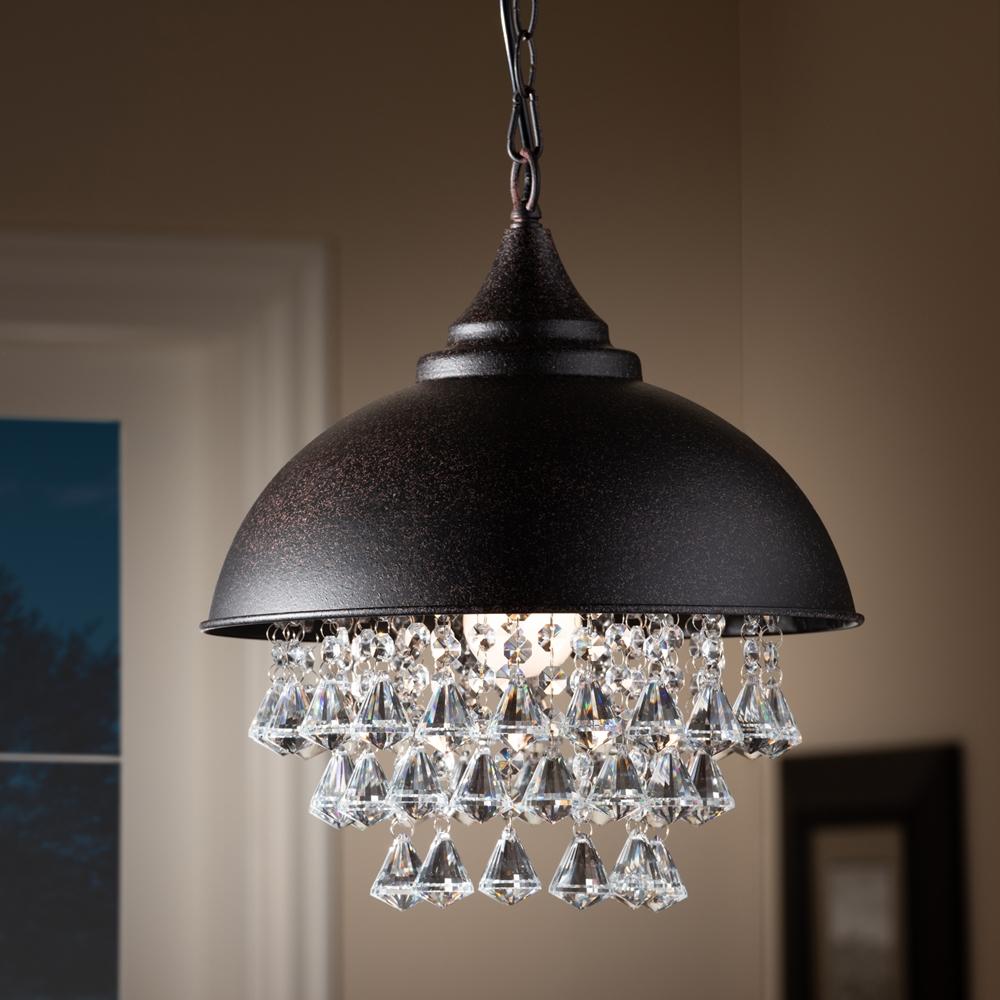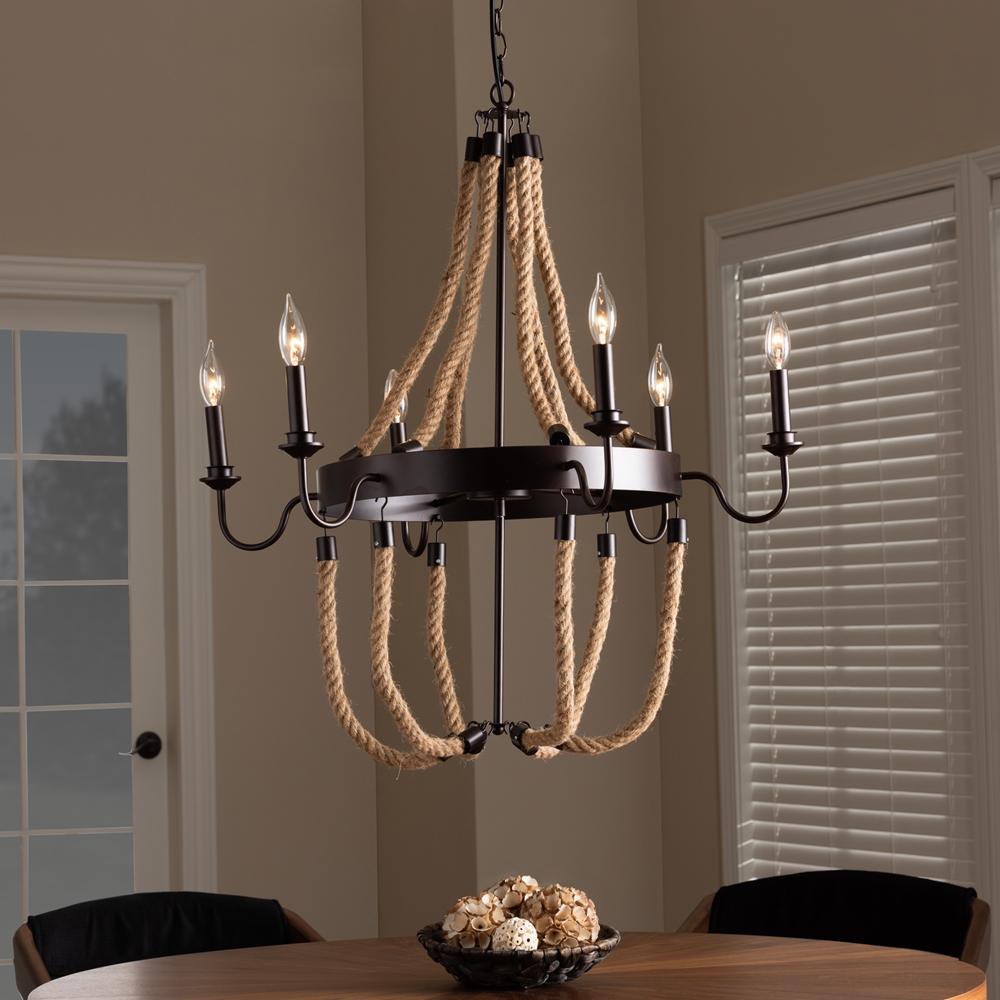Sofas are an essential piece of furniture in our homes. They provide comfort and relaxation, making our living rooms cozy and inviting. But how long should a sofa last? And how can we maximize our investment in this piece of furniture?
Today, we will explore the lifespan of a sofa and the factors that can affect its durability. We will discuss the signs that indicate it's time to replace your sofa and provide tips on how to extend its lifespan. Additionally, we will guide you on choosing a durable sofa and consider the economic and environmental aspects of sofa replacement.
Whether you are considering purchasing a new sofa or want to maximize the lifespan of your existing one, this blog will provide valuable insights and advice to help you make informed decisions.
Key Highlights
Let's see the key highlights of how long should a sofa last:
- Sofas typically last between 7 and 15 years, on their quality and level of care.
- Factors such as material quality, usage patterns, and maintenance can affect a sofa's lifespan.
- Visible wear and tear, comfort and support issues, and outdated style are signs that your sofa may need to be replaced.
- Regular cleaning, proper maintenance, and choosing a durable sofa can help maximize its lifespan.
- Investing in a high-quality sofa is a wise long-term investment.
- Considering environmental impact and recycling options are important when replacing a sofa.
How Long Should a Sofa Last?

Image: Bella Velvet Sofa
So, how long should a sofa last? The lifespan of a sofa can vary depending on several factors. A well-built and well-cared-for sofa can typically last between 7 and 15 years. Regular maintenance, such as vacuuming and spot cleaning, can help prolong its lifespan.
The usage patterns and location of the sofa also play a role. Sofas in high-traffic areas like the family room may experience more wear and tear compared to those in less frequently used spaces.
Factors Affecting Sofa Durability
Several factors can impact the question of how long should a sofa last. The quality of materials used in its construction is crucial. Sofas made with high-density foam, resilient upholstery fabrics, and sturdy frames, such as oak, tend to last longer than those with cheaper components.
Usage patterns also affect a sofa's lifespan. Sofas in homes with children or pets may experience more wear and tear due to increased usage. Additionally, exposure to direct sunlight, high humidity, or sharp temperature changes can weaken the sofa's structure and cause damage over time.
By considering these factors and choosing a sofa that meets your specific needs, you can ensure that your investment lasts for many years to come.
Average Lifespan by Sofa Type
The average lifespan of a sofa can vary depending on its type.
Here is a comparison of the average lifespan for different types of sofas:
|
Sofa Type |
Average Lifespan |
|
Leather Sofa |
15+ years |
|
Upholstery Fabric |
7-10 years |
|
Sectional |
10-15 years |
Leather sofas generally have a longer lifespan compared to those upholstered with fabric. Leather is a durable material that can withstand regular use and is less prone to stains and fading. Upholstery fabric sofas typically last between 7 and 10 years, depending on the quality of the fabric and maintenance.
Sectional sofas, with their modular design, can last between 10 and 15 years. The durability of a sectional sofa depends on the quality of its construction and materials.
It's important to note that these are average lifespans, and individual factors such as usage patterns and maintenance can affect the longevity of a sofa.
Key Signs Your Sofa Needs Replacement

Image: Candice Genuine Leather Sofa
Over time, sofas can show signs of wear and tear, indicating that it may be time to consider replacing them. Here are some key signs to look out for:
- Visible wear and tear, such as frayed fabric, sagging cushions, or broken springs.
- Comfort and support issues, such as a lack of lumbar support or cushions that have lost their shape.
- An outdated style that no longer fits your decor or personal preferences.
If your sofa exhibits any of these signs, it may be time to start shopping for a new one. Investing in a replacement will ensure that you have a comfortable and aesthetically pleasing piece of furniture in your living room.
Visible Wear and Tear
Visible wear and tear is a common sign that your sofa needs replacement. Over time, seat cushions may become saggy or lose their shape, impacting both comfort and support. The original fabric of the sofa can also show signs of wear, with frayed edges or discoloration.
Stains are another indicator that your sofa may be past its prime. Despite regular cleaning efforts, some stains may become permanent and affect the overall appearance of the sofa. If your sofa's visible wear and tear are beyond repair or affect its functionality, it's time to consider shopping for a new one.
Comfort and Support Issues
Comfort and support are essential factors for a sofa's longevity. Over time, a sofa may develop comfort and support issues, making it uncomfortable to sit on. This can be due to a lack of lumbar support, which can lead to back pain and discomfort.
Structural damage, such as a cracked or damaged frame, can also impact the overall comfort and support of the sofa. Additionally, worn-out cushions that have lost their shape or resilience can make sitting on the sofa less comfortable.
If your sofa is no longer providing the comfort and support it once did, it's a clear sign that it may need to be replaced. Consider investing in a new sofa that offers better support and comfort for long-lasting enjoyment.
Maximizing Your Mattress Sofa's Lifespan

Image: Milena Velvet Sofa
To maximize the lifespan of your sofa, regular cleaning and proper maintenance are essential.
Here are some tips to help you extend the life of your sofa:
- Regularly clean and vacuum your sofa to remove dust and debris.
- Immediately wipe up spills and stains to prevent them from setting in.
- Avoid placing your sofa in direct sunlight, as it can cause fading and deterioration.
- Consider using temporary covers to protect your sofa from wear and tear.
- Make any necessary repairs or replacements promptly to prevent further damage.
By following these tips and taking proper care of your sofa, you can ensure that it lasts for many years in great condition.
Bedding Proper Cleaning and Maintenance Tips
Regular cleaning and maintenance are key to prolonging the life of your sofa.
Here are some tips to help you keep your sofa clean and well-maintained:
- Check the manufacturer's guidelines for specific cleaning instructions for your sofa's upholstery. Different materials may require different cleaning methods.
- Vacuum your sofa regularly to remove dust and debris. Pay extra attention to crevices and under cushions.
- Spot clean any spills or stains immediately using a mild cleaning solution and a clean cloth. Blot the stain gently, avoiding rubbing, which can spread the stain.
- Consider professional upholstery cleaning every 1-2 years to deep clean and refresh your sofa.
- Rotate the cushions regularly to ensure even wear and prevent sagging.
By following these cleaning and maintenance tips, you can keep your sofa looking and feeling its best for years to come.
The Impact of Usage Patterns on Sofa Longevity
The usage patterns of a sofa can significantly affect its longevity. Factors such as the number of family members, the presence of pets, and the frequency of use can all contribute to wear and tear.
Pets, for example, can leave behind pet dander and fur, which can accumulate on the sofa and cause allergies. Regular vacuuming and spot cleaning can help remove pet hair and reduce the impact on the sofa.
Similarly, frequent use by family members can result in increased wear on the cushions and upholstery. Dust mites can also find their way into the sofa, leading to allergies and respiratory issues.
To maximize your sofa's lifespan, consider implementing measures to reduce the impact of usage patterns. This can include regular cleaning, using protective covers, and providing designated pet-friendly areas in the house.
Choosing a Durable Sofa
Choosing a durable sofa is essential for maximizing its lifespan.
Here are some factors to consider when selecting a durable sofa:
- Look for good quality materials, such as hardwood frames and high-density foam cushions.
- Consider the construction quality, including reinforced joints and sturdy hardware.
- Choose upholstery fabrics that are durable and stain-resistant.
- Take into account your specific needs and lifestyle when selecting the size and style of the sofa.
- Invest in a sofa that suits your personal preferences and complements your decor.
By choosing a durable sofa that matches your needs and preferences, you can ensure that it withstands the test of time and provides long-lasting comfort in your home.
Materials That Last
The choice of materials can significantly impact the durability of a sofa.
Here are some materials that tend to last longer:
- Hardwoods, such as oak or beech, are known for their durability and can provide a sturdy frame for the sofa.
- Linen is a natural fabric that is known for its strength and resistance to wear and tear. It can be a good choice for upholstery.
- Leather sofas are highly durable and can withstand regular use. They are also resistant to stains and fading.
When choosing a sofa, consider the materials used in its construction and opt for those known for their durability. This will ensure that your sofa lasts for many years and remains in good condition.
Construction Quality: What to Look For
The construction quality of a sofa is crucial for its durability.
Here are some key factors to look for:
- A metal frame provides strength and stability to the sofa. Look for sofas with reinforced metal frames for added durability.
- Staples or screws should be used to secure the frame and other components. Avoid sofas with cheap or poorly constructed fasteners.
- Plywood is often used in the construction of sofa frames. Ensure that the plywood is of good quality and thickness for added durability.
By paying attention to the construction quality, you can choose a sofa that is built to last and withstand regular use.
The Economics of Sofa Replacement

Image: Austin Upholstered Fabric Sofa
Replacing a sofa involves a cost-benefit analysis.
Here are some factors to consider when weighing the economics of sofa replacement:
- Cost versus value: Consider the upfront cost of a high-quality sofa versus the potential savings in the long run due to its durability and longevity.
- Price point: Determine your budget and compare the prices of different sofas to ensure you get the best value for your money.
- Long-term investment: Investing in a high-quality sofa may be a wise decision if you are looking for a piece of furniture that will last for many years.
By considering these economic factors, you can make an informed decision when it comes to replacing your sofa.
Cost Versus Value in Sofa Buying
When buying a new couch, it's essential to strike a balance between cost and value.
Here are some points to consider:
- A new couch is an investment that should provide comfort and durability for years to come. Opting for a higher price point may ensure better quality and longevity.
- It's a good idea to compare prices at different retailers and consider the features, materials, and construction quality when evaluating the value of a sofa.
- Consider your budget and the long-term benefits of investing in a high-quality sofa. While it may require a larger upfront cost, it can provide better value in the long run.
Finding the right balance between cost and value will ensure that you make a well-informed decision when purchasing a new couch.
When to Invest in a High-Quality Sofa
Investing in a high-quality sofa is a wise decision in several scenarios.
Here are some situations where it may be beneficial:
- Long-term investment: If you plan to keep the sofa for an extended period, investing in a high-quality, durable sofa will ensure it holds up well over time.
- Durability: If you have a busy household or pets, a high-quality sofa can withstand the wear and tear of daily use.
- New home: When moving into a new home, it's an excellent opportunity to invest in a high-quality piece of furniture that will complement your new space and last for many years.
By considering these factors, you can make an informed decision about when to invest in a high-quality sofa that will meet your needs and last for a long time.
Environmental Considerations
When replacing a sofa, it's essential to consider the environmental impact.
Here are some environmental considerations:
- Ecological impact: Frequent replacements of furniture contribute to waste and landfill accumulation. Opting for durable furniture can help reduce environmental impact.
- Recycling and upcycling options: Look into options for recycling or upcycling your old sofa to give it a new life instead of sending it to the landfill.
- Environmental considerations: Choose furniture made from sustainable materials and manufactured using eco-friendly practices to minimize the overall environmental impact.
By considering these environmental factors, you can make a more sustainable choice when it comes to replacing your sofa.
The Ecological Impact of Frequent Replacements
Frequent replacements of furniture, including sofas, have a significant ecological impact.
Here's why:
- Waste accumulation: Discarded furniture contributes to landfill waste, taking up valuable space and contributing to environmental degradation.
- Resource consumption: The production and transportation of new furniture require the consumption of resources such as wood, fabric, and energy.
- Carbon footprint: The manufacturing process and transportation of furniture produce greenhouse gas emissions, contributing to climate change.
To minimize the ecological impact, consider alternatives to frequent replacements. Upcycling or repurposing your old sofa can give it a new life and reduce waste. Additionally, choosing furniture made from sustainable materials and manufactured using eco-friendly practices can help minimize the overall environmental impact.
Recycling and Upcycling Options
When replacing your sofa, consider recycling or upcycling options for your old couch. Here are some ideas:
- Upcycling: Transform your old couch into a new piece of furniture by repurposing it. For example, you can remove the upholstery and use the frame as a base for a new seating arrangement or repurpose it as a bench.
- Donating: If your old couch is still in good condition, consider donating it to a local charity or organization that accepts furniture donations.
- Recycling: Look for recycling facilities in your area that accept furniture for recycling. They will disassemble the sofa and recycle its components.
By exploring these recycling and upcycling options, you can give your old couch a new life and contribute to a more sustainable approach to furniture disposal.
Conclusion
Understanding the lifespan of your sofa and recognizing the signs it needs replacement is crucial for maximizing your investment. Regular cleaning and maintenance play a significant role in extending your sofa's longevity.
Consider the materials and construction quality when choosing a durable sofa. Investing in a high-quality sofa can provide long-term value. Environmental considerations such as recycling options also impact the lifespan of your furniture.
By being mindful of these factors, you can ensure your sofa lasts for years to come, offering comfort and style to your living space. I hope now you know how long should a sofa last.
Frequently Asked Questions
How Often Should I Professionally Clean My Sofa?
Professional cleaning for your sofa is recommended every 1-2 years, depending on usage and the type of upholstery fabric. Regular cleaning, such as vacuuming and spot cleaning, can help maintain its appearance and reduce allergens in your living room.
Can Reupholstering Extend the Life of My Sofa?
Reupholstering can indeed extend the life of your sofa. By replacing the worn-out upholstery with new fabric, you can give your old sofa a fresh look and potentially add several more years to its lifespan.





